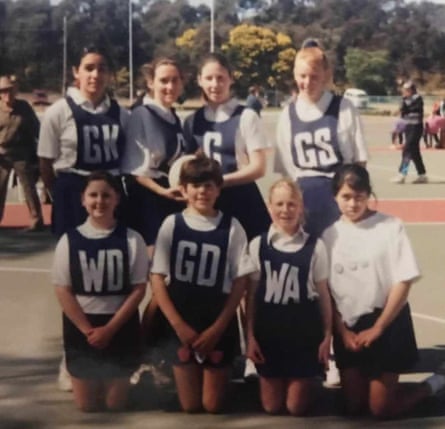
It’s form-fitting, thigh-grazing, unforgiving and perceived by many as representative of a narrow version of heteronormative white femininity in Australia.
But despite my fiercely feminist values – or perhaps paradoxically, given netball helped build those values – I adore every netball dress I’ve worn. And over a lifetime in a game built by women, for women, there have been plenty.
Far from feeling insecure, whether I’ve been big or small, fit or not-so, the dress has always made me feel powerful and worthy; that I mattered and was equal, part of a team in a sport where every player has a role.
As a straight, white, middle-Australian, I’m certain my experience isn’t universal, but the netball dress has been a suit of armour for me. At times, it’s even shielded me from my own harsh self-criticism.
It was armour for the chubby grade-three kid who was new to town, and the 182cm teenager she grew into seemingly overnight. It still is today, at 43; I still play competitively, and centre my professional life around the sport and those who play it.
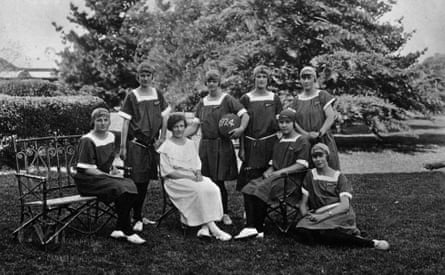
The love affair began with a pleated skirt and simple T-shirt in primary school, playing “netty netball” on finger-chilling Saturday mornings in Corryong in north-east Victoria, before my mum took to the court in the afternoon. It was one of the few places I saw my mother as a “whole human”, not merely a caregiver.
The borrowed, all-in-one Lycra number I wore playing representative tournaments at Melbourne’s wind-swept Royal Park courts sticks in my mind because the girl in that dress learned that her fierceness, her booming voice and her drive were attributes worthy of praise, not the opposite. That lesson shaped what I value and who I would become.
By its very nature, I know netball dresses exclude some girls and women, while annoying many more. In any given game, you don’t have to look hard for a player tugging her dress down.
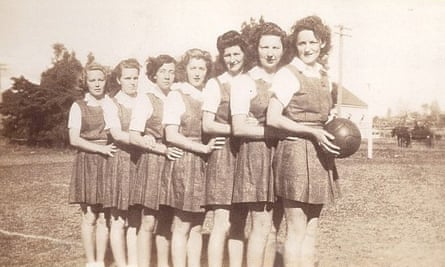
As much as I look forward to pulling a dress on, I also understand how important more inclusive uniform options are, for so many who don’t look or feel like me. Today “pick n mix” uniforms are gradually being introduced in competitive leagues across the country, after the sport’s governing body Netball Australia officially sanctioned them in late 2022.
In place of the dress, players can wear singlets, shorts, pants and long or short-sleeved shirts. Head coverings are also now allowed.
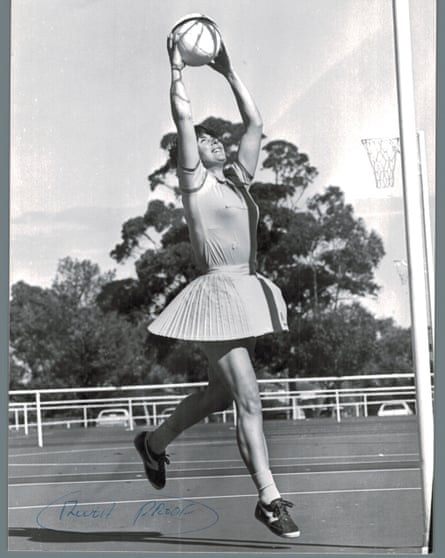
The updated guidelines saw many Super Netball athletes choose alternative outfits for a pre-season competition ahead of the 2023 season, although that didn’t flow through to the season proper.
Another recent, well overdue advance is the incorporation of First Nations artwork in the uniform of the national side, the Australian Diamonds, for the first time.
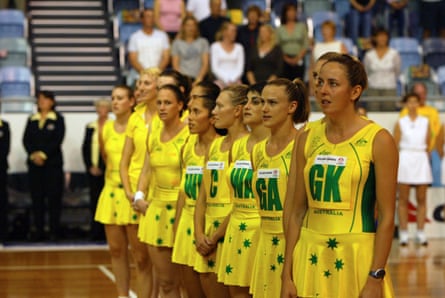
The dresses for the Netball World Cup – which begins in Cape Town on 28 July and runs until August 6 – feature artwork by Yorta Yorta woman Alkina Edwards. Entitled “Ganurra”, meaning blaze in Edwards’ Yorta Yorta language, the artwork represents the Diamonds as “fierce, like a large ball of fire”.
It is a small step towards recognising the contribution of First Nations players to the game, who still face many barriers.
Bess Schnioffsky, a PhD candidate at RMIT whose thesis looks at Australian netball through an intersectional feminist lens, said “quite a few” of the 25 Victorian netballers she interviewed shared my pride in the dress.
“They told me they were staunchly for the dress, that they loved being able to see elite netballers put on a dress and be feminine and sporty … that they could be both of those things,” she says. They liked “that as players, they don’t have to compromise their femininity to be seen as or to be athletic”.

This aligns with my former and current teammates, who variously describe the dress as their “favourite outfit ever” and the “most special part of playing netball”. It makes them feel “powerful and part of something bigger than myself”, regardless of their age, weight or fitness.
But Schnioffsky’s research – which combined her commitment to playing and coaching with a passion for social justice – also found many players who feel the dress perpetuates an idea that netballers need “lean, toned, athletic bodies”, something linked to deeper systemic issues.
“I essentially found that the dominant whiteness and femininity are an exclusionary part of Australian netball and that if netball doesn’t start to think critically about these questions of inclusion, then it’s under threat,” she says.
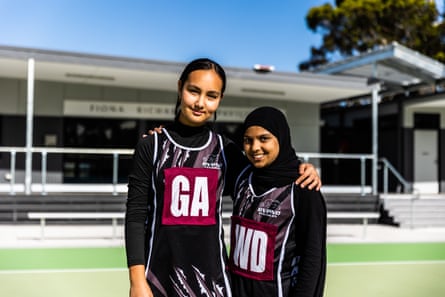
Despite a sartorial evolution over the decades – from a woollen tunic to a tight all-in-one bodysuit to a sleek A-line option – the netball dress has “never really threatened expectations of femininity”.
“The changes we have seen have all been aligned with expectations of femininity and how they’ve shifted.”
While Schnioffsky welcomes more inclusive options and Indigenous recognition at the sport’s highest tiers, how these changes eventually filter to the grassroots will be the ultimate litmus test.

In our small league, which stretches from northern Victoria into southern New South Wales, where I proudly co-captain Macorna Football/Netball club’s A grade team, we’ve already worn Pride and First Nations dresses. Perhaps sometime soon, my teammates will be pick’n’mixing their way out of dresses altogether.
Regardless of what we’re wearing, I’ll be beside them, terrorising goal shooters and feeling powerful, worthy and part of the team.



